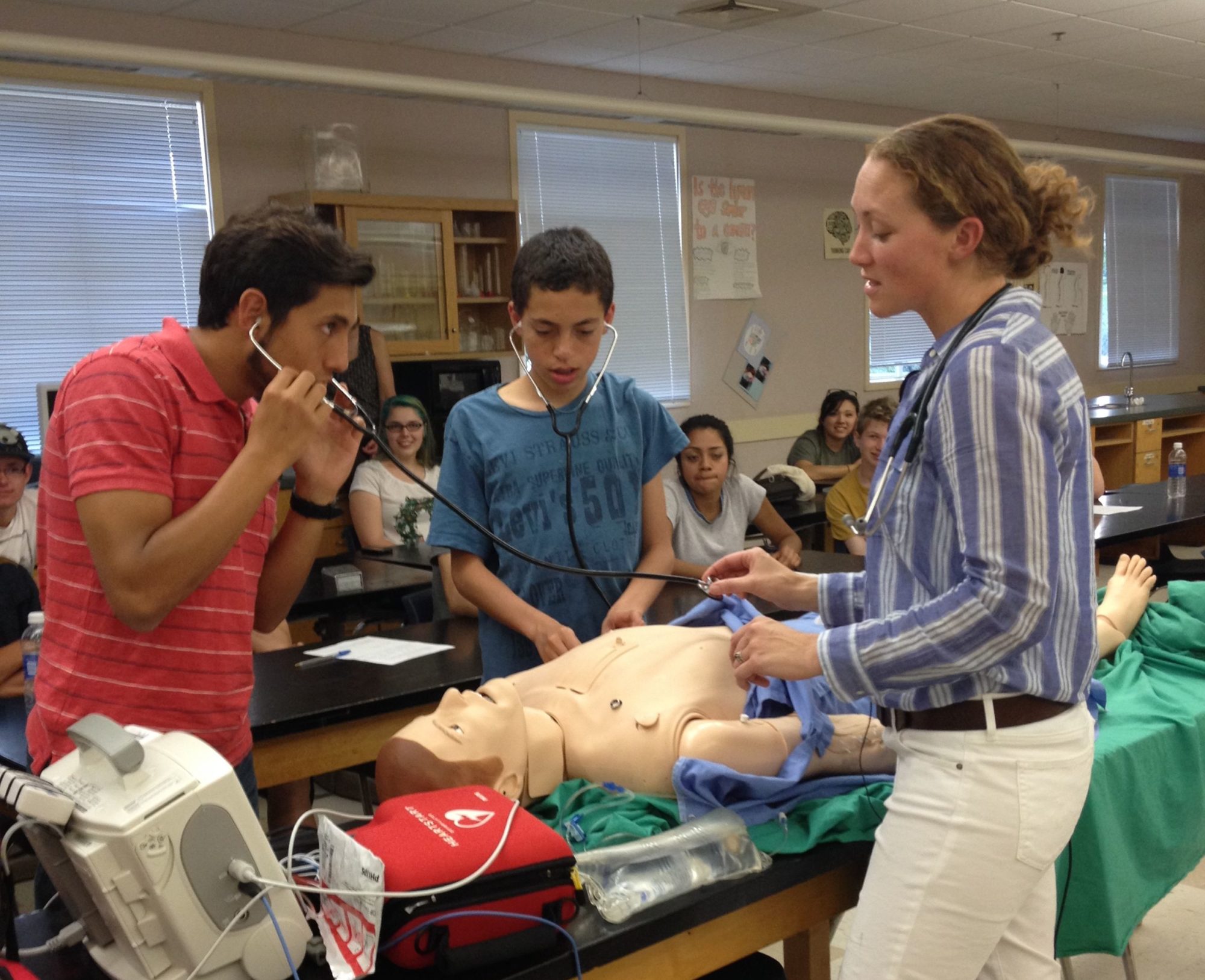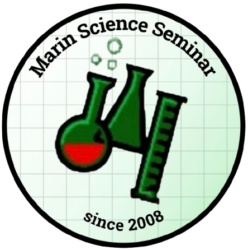Rachel Z. Kamman, P.E.
Consulting Hydrologist of Kamman Hydrology & Engineering
Interview by Julia McKeag, Terra Linda High School
1) Why did you become a hydrologist? What inspired you to study hydrology and engineering in college?
RK- I always loved sciences in school and entered college as a biology major. In my freshman year I heard that there were some cool water classes in the engineering department, so I sat in during my second semester and as a sophomore, signed up for a class in fluid mechanics (the study of the physics of water movement). I was hooked after the first class. Hydrology 101 was next and I loved that even more because it focuses on the movement of water across the landscape. I studied both biology and water resources engineering in College, and wanted to combine the majors but the departments had no combined program (this was before environmental engineering existing). Eventually I had to pick a degree, and chose engineering because I wanted to focus on applied science.
2) What types of projects do Kamman Hydrology & Engineering do?
RK- Most of KHE’s projects are focused on ecological restoration of wetlands, creeks and rivers and estuaries. We have projects throughout California; almost all of them are on public lands (parks – open space – baylands). Most of our project entailed site assessment, monitoring, engineering and geomorphic analysis, and collaboration with other natural resource scientists. Each project is as unique as the place, the critters or habitat we are trying to improve, and then impacts and constraints created by human modifications of the landscape. Since we can not turn back time, KHE works to understand how the landscape has changed and how best to improve, restore or protect ecological communities in the context of people and their infrastructure. Since water is fundamental to nature, understanding the landscape in terms of hydrology is a logical starting point for both evaluating the impacts of change and restoring ecological function.
3) What kinds of problems are affecting our local watershed?
RK- One of the biggest problems affecting our local watersheds is that people are disconnected from the natural landscape that they live in. Once disconnected from our natural setting, we are no longer aware of our day to day impacts. If you don’t recognize that the water in your driveway or yard is connected by a storm drain to the creek and the bay, you probably don’t think twice about rinsing your paint brush, washing your car or fertilizing your lawn.
The second biggest problem is that there is a disconnect in our local government between individual development projects and a cumulative and long term impacts of those developments on the surrounding watersheds. We need to get better as stepping back from a proposed development and looking at the landscape context and real costs (environmental and infrastructure) associated with new development. These are costs that communities will have to shoulder for generations to come. This is particularly true in the context of seal level rise.
4) What can we do to help our local watershed?
RK- One of the biggest things we can do to help our local watershed is to understand that our watershed, our communities our homes ARE habitats. The more we can integrate our neighborhoods with the native plant and animal communities and the physical landscape they depend on, the more likely they are to thrive in our midst. Everyone who lives in a watershed is responsible for it’s care; a term often used for this is stewardship. Every action has an impact, our daily choices determine the ecological integrity our community.
Another important thing you can do is to act in any way possible to protect and restore the ecological integrity of our watersheds. Protecting what we have left is critical, since, even with the best science and all the money in the world, rarely can you replace the diversity and resiliency of a wild ecosystem.
5) What is your opinion on the Hetch Hetchy Reservoir? Do you think the Hetch Hetchy Valley should be restored?
RK- Hetch Hetchy is a great example of an amazing natural resource lost in an era when we focused solely on meeting human demands for water without placing adequate value on natural resources. It would be wonderful to see it restored.
6) In your opinion, what invention (related to water) was most crucial for the success of our society today?
RK- Water treatment and delivery systems, and waste water treatment. These systems are critical for our health. We take them for granted.
7) What do you think is water’s most interesting quality?
RK- Two actually: 1) The way water effects light, water colors almost everything we see. 2) The amazing power and energy contained and transmitted by water. Consider Tsunami in Japan last year. Water transmits energy over vast distances and timescales, think about ocean circulation, waves on a beach, water washing down the street after a downpour, raindrops on your roof. Now shift contexts – think about role of water in a single human body, and then expand your thinking to world populations.
Interview By: Julia McKeag
Upcoming Seminar: Wednesday, February 8th, 2012
Terra Linda High School, Room 207
7:30-8:30 p.m.









